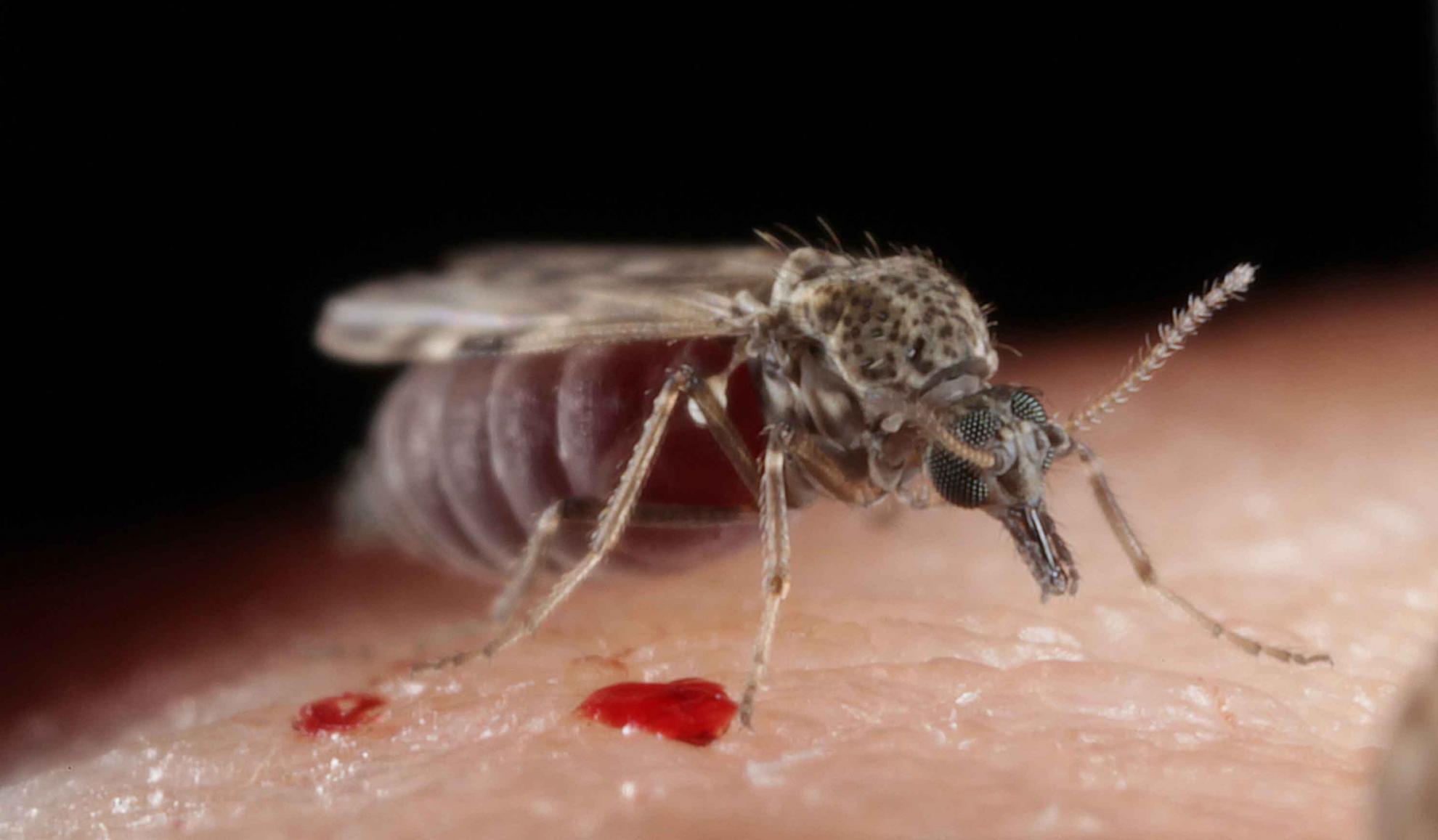Larval development and emergence sites of farm-associated Culicoides in the United Kingdom
Culicoides biting midges (Diptera: Ceratopogonidae) are the biological vectors of internationally important arboviruses of livestock including bluetongue virus (BTV). Information on the habitats used by Culicoides for larval development is valuable for establishing targeted vector control strategies and for improving local scale models of vector abundance. This study combines emergence trap collections of adult Culicoides identified using molecular markers and physiochemical measurements of habitats to investigate larval development sites of Palaearctic Culicoides in South East England. The known range of larval habitats for several Culicoides species is extended and the potential BTV vector species C. obsoletus and C. scoticus are confirmed to co-occur in many larval habitats. The presence of emerging C. obsoletus was favoured by increasing substrate moisture level [odds ratio (OR) 6.94 (2.30; 20.90)] and substrate pH [OR 4.80 (1.66; 13.90)] [bias-corrected Dxy : 0.68; area under the curve (AUC): 0.86] rather than any particular larval habitat type, as expected for a species with relatively wide larval habitat preference. Of the newly emerged sub-genus Avaritia individuals collected, 23% were observed to have a degree of abdominal pigmentation commonly inferred to indicate parity. If consistent across species and locations, this observation represents a potential source of error for age structure analyses of Culicoides populations.
Back to publications

